Discover the remarkable architectural achievements of the Maya civilization and the unique features that make Chichen Itza a wonder of the ancient world.
The architecture of Chichen Itza represents a fusion of Maya and Toltec influences, creating a unique style that distinguishes it from other Mesoamerican sites. The city's buildings showcase the Maya's advanced understanding of astronomy, mathematics, acoustics, and engineering.
Chichen Itza's architecture is characterized by:
The site covers approximately 4 square miles (10 square kilometers) and contains numerous architectural groups, with the most famous structures concentrated in the central zone.
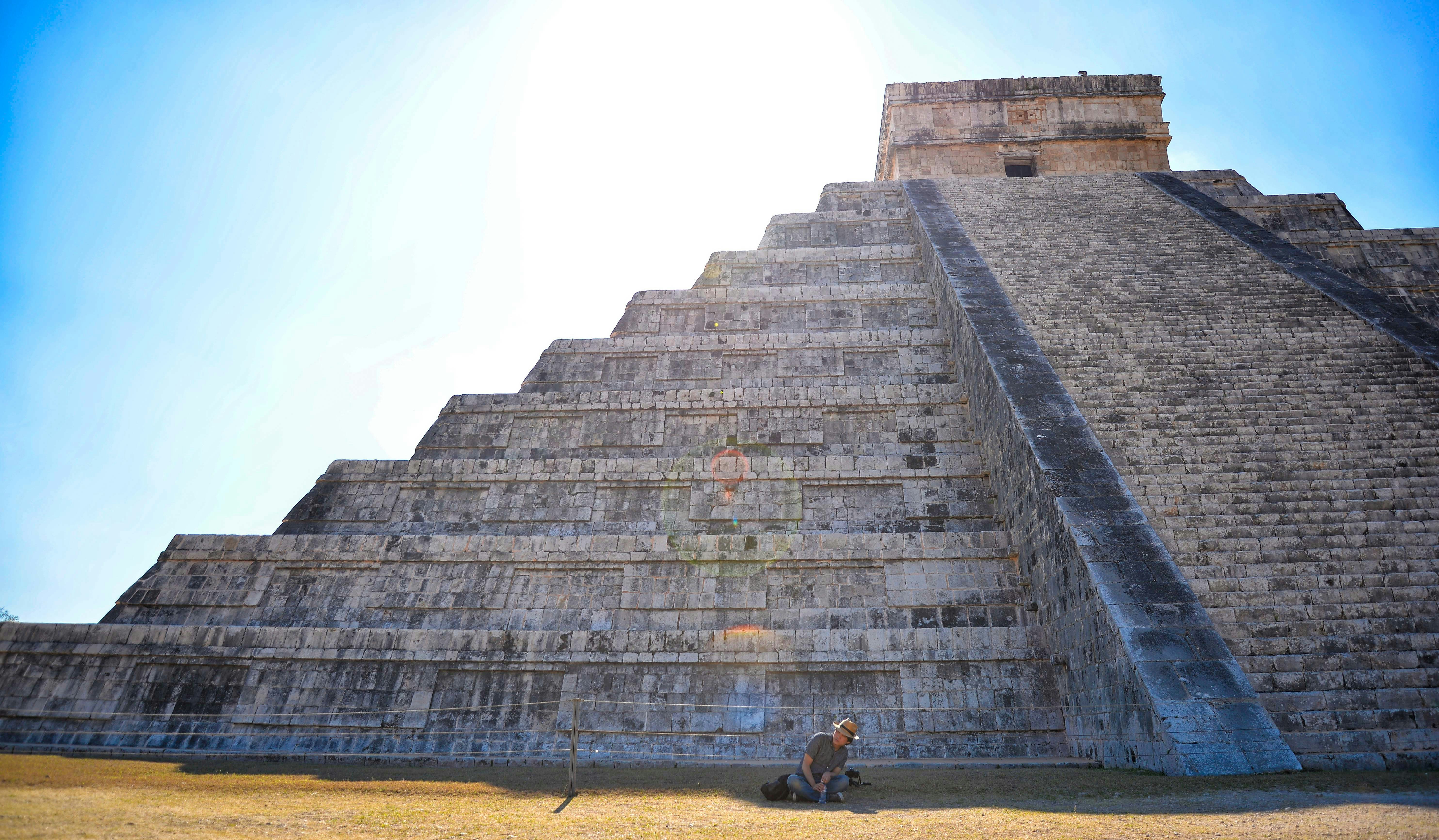
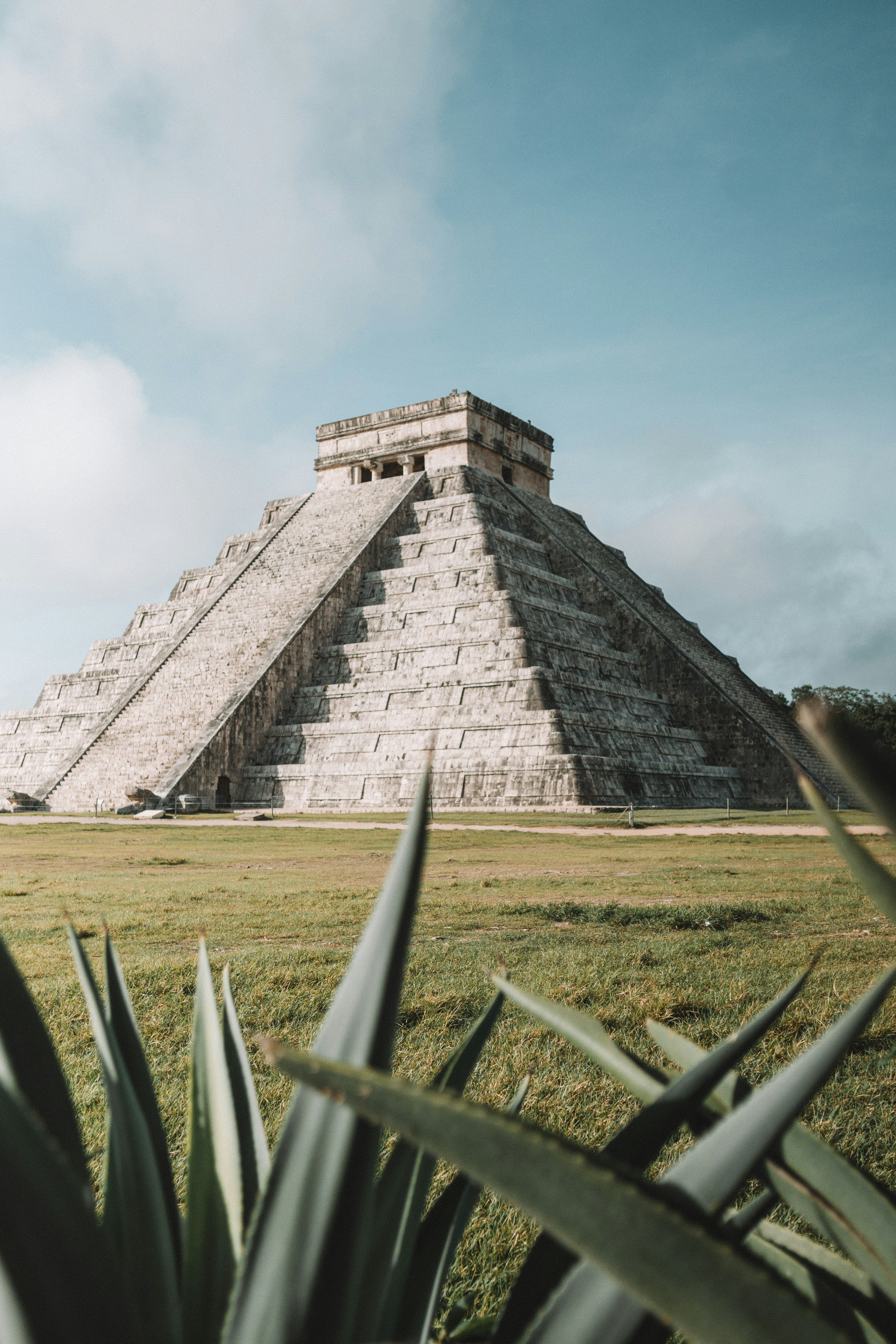
El Castillo (Spanish for "the castle"), also known as the Temple of Kukulcan, is the most famous structure at Chichen Itza. This step pyramid stands approximately 30 meters (98 feet) tall and has a base measuring 55.5 meters (182 feet) on each side.
The pyramid demonstrates the Maya's sophisticated understanding of astronomy:
Archaeological excavations have revealed that El Castillo was built over an earlier temple. The current structure was likely completed around 1000-1200 AD. The pyramid's core was constructed of rubble and mortar, faced with carefully cut limestone blocks.
Inside El Castillo is an earlier pyramid structure with a red jaguar throne inlaid with jade. This inner temple was discovered in the 1930s and provides evidence of the Maya practice of building new structures over existing ones.
The Temple of the Warriors is one of the most impressive structures at Chichen Itza. It consists of a large stepped pyramid with rows of carved columns depicting warriors in front and on the sides.
Key elements of this complex include:
The Temple of the Warriors shows strong similarities to Temple B at the Toltec capital of Tula, suggesting significant cultural exchange or influence between the two civilizations. The warrior columns, Chac Mool figures, and feathered serpent motifs are characteristic of this Toltec-Maya architectural style.
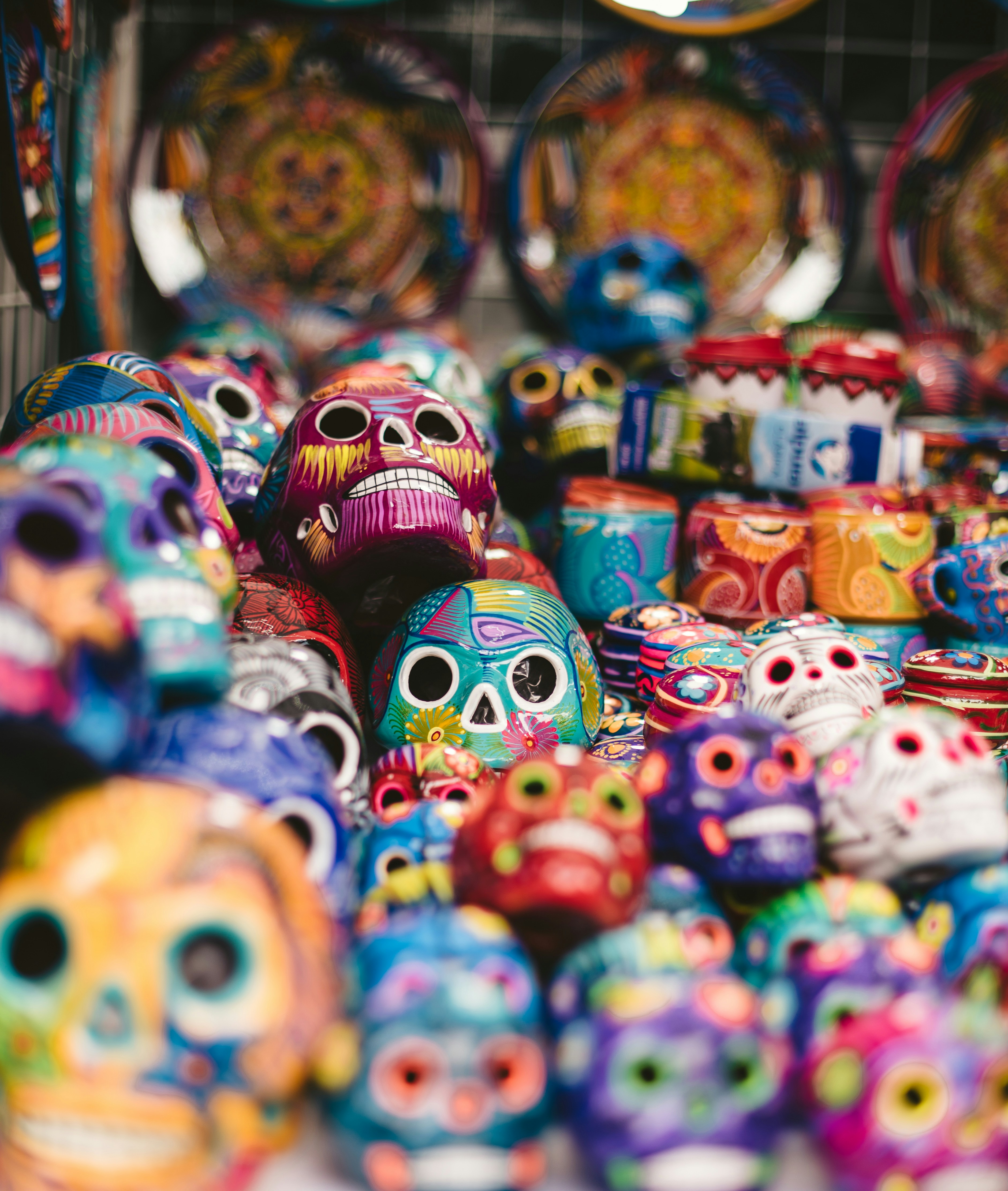
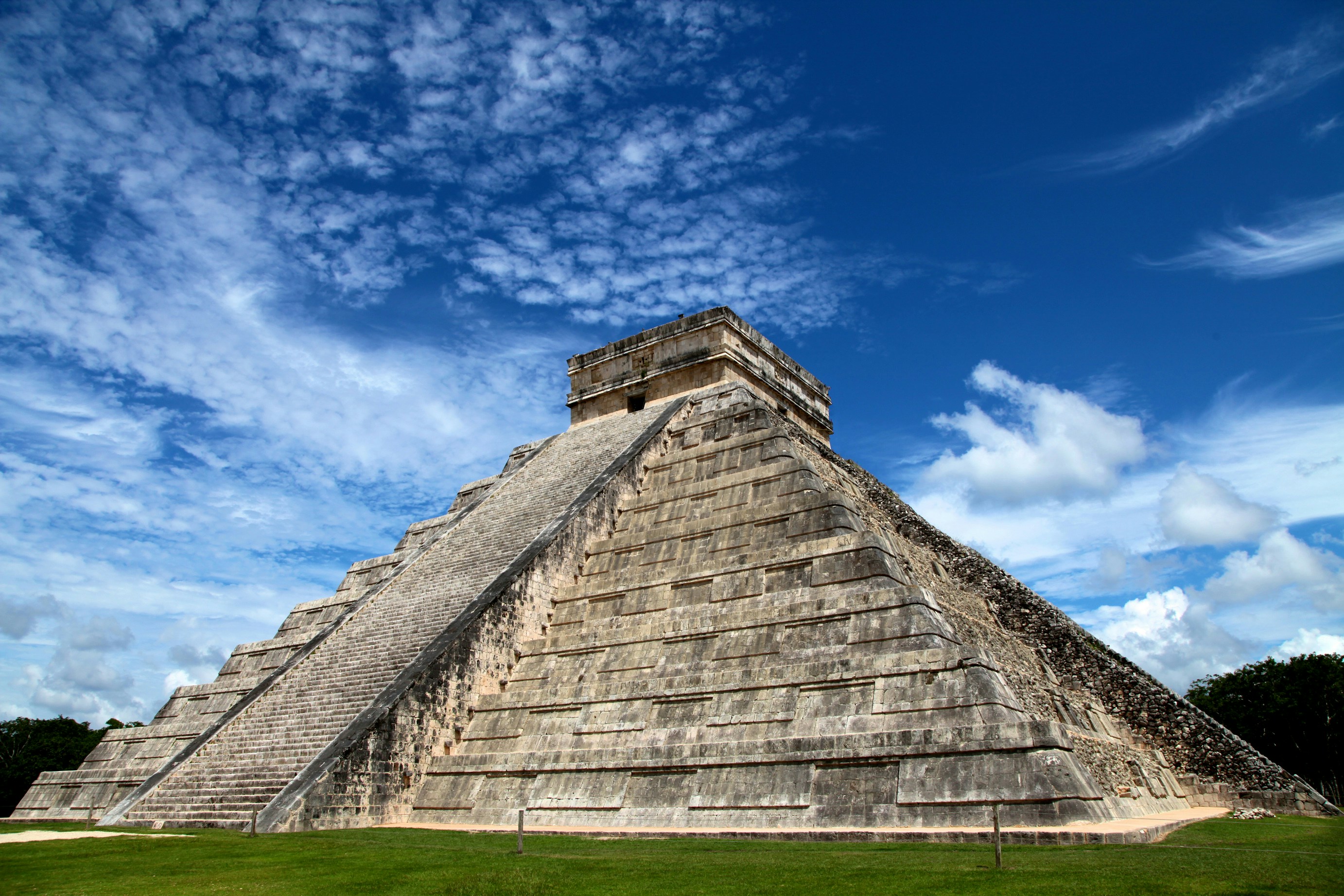
The Great Ball Court at Chichen Itza is the largest and best-preserved ball court in ancient Mesoamerica. It measures 168 meters (551 feet) in length and 70 meters (230 feet) in width, with walls that stand 8 meters (26 feet) high.
One of the most remarkable features of the Great Ball Court is its acoustic properties. A person standing at one end of the court can hear a whisper from someone standing at the opposite end, nearly 170 meters away. Additionally, a single clap at center court produces nine distinct echoes.
The ball court is surrounded by walls with carved reliefs depicting the ball game and its ritual significance. At the base of the walls are stone rings carved with intertwining serpents, through which players attempted to pass a rubber ball without using their hands.
At the north end of the ball court stands the Temple of the Bearded Man, which contains carvings of a figure with a beard—unusual in Maya art. This structure likely served as a viewing platform for elite spectators of the ball game.
A natural sinkhole that was used for ceremonial purposes, including human sacrifices. Archaeological excavations have recovered gold, jade, pottery, and human remains from its depths.
A circular building on a rectangular platform that served as an astronomical observatory. Its windows are aligned with important celestial events, including the movements of Venus.
A platform decorated with carved skulls, representing the display of the heads of sacrificial victims. This structure shows clear Toltec influence in its design.
A platform decorated with carvings of the feathered serpent deity Kukulcan and Venus symbols, reflecting the importance of this planet in Maya astronomy and religion.
A complex of buildings in the Puuc architectural style, featuring elaborate facades with geometric motifs and masks of the rain god Chaac.
A building whose name means "dark writing," referring to the hieroglyphic inscriptions found inside. It represents some of the earliest construction at the site.
The primary building material at Chichen Itza was limestone, which was abundant in the Yucatan Peninsula. The Maya quarried this stone using simple tools made of harder stones, such as flint and obsidian.
Limestone blocks were cut to precise dimensions using stone tools. The Maya did not have metal tools, making their architectural achievements even more impressive. The stones were often shaped to fit together without mortar, though a lime-based mortar was also used in many structures.
Without the wheel or beasts of burden, the Maya moved massive stone blocks using human labor, likely with the aid of wooden rollers and ropes. Some blocks at Chichen Itza weigh several tons, demonstrating the sophisticated organization of labor required for these projects.
The Maya did not use the true arch but instead employed corbeled arches, where stones are progressively cantilevered inward until they meet at the top. This technique can be seen in many doorways and interior spaces at Chichen Itza.
Many temples featured decorative roof combs—tall, ornate extensions above the roof that increased the visual height and importance of the building. These were often elaborately carved with religious imagery.
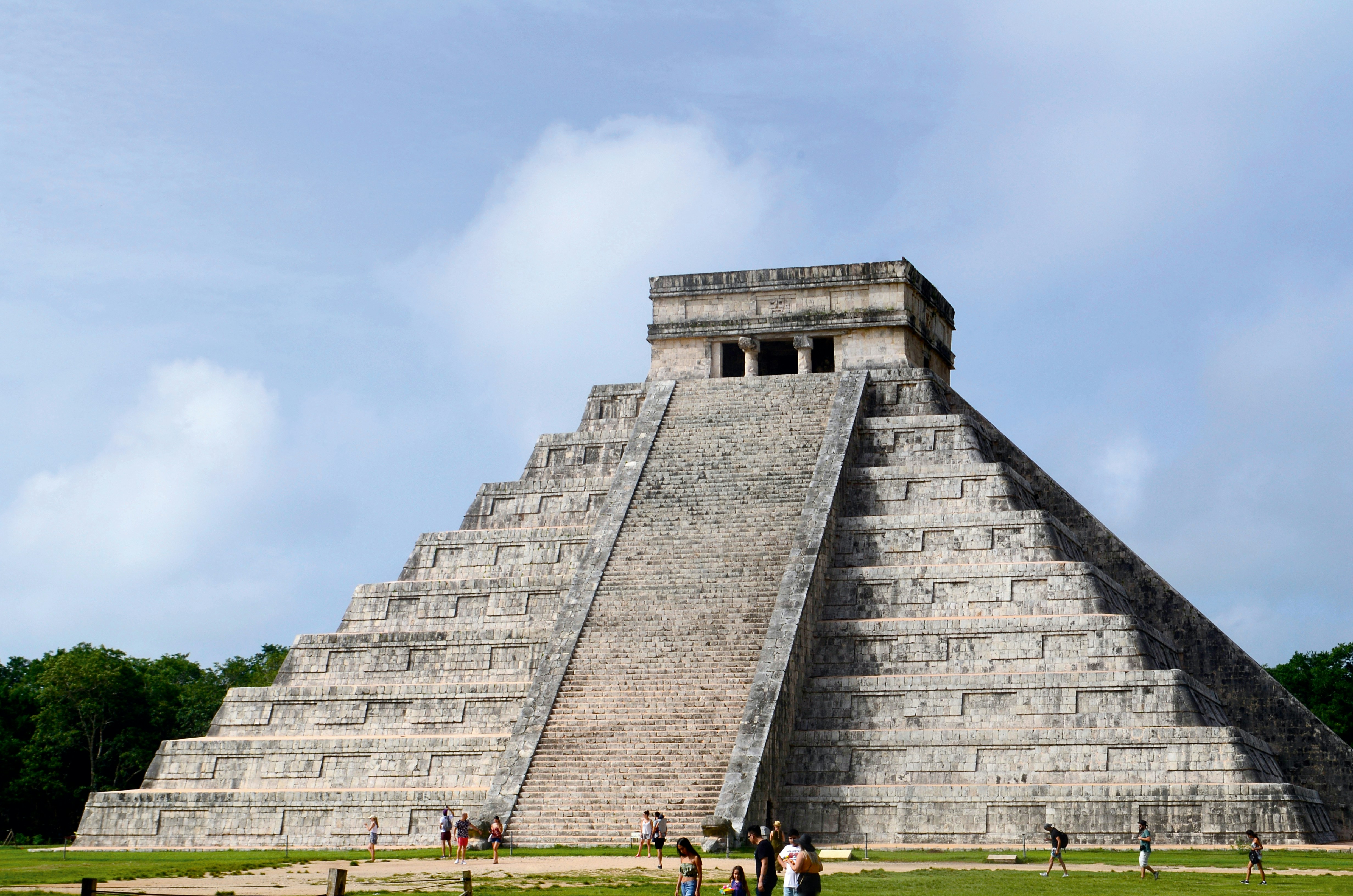
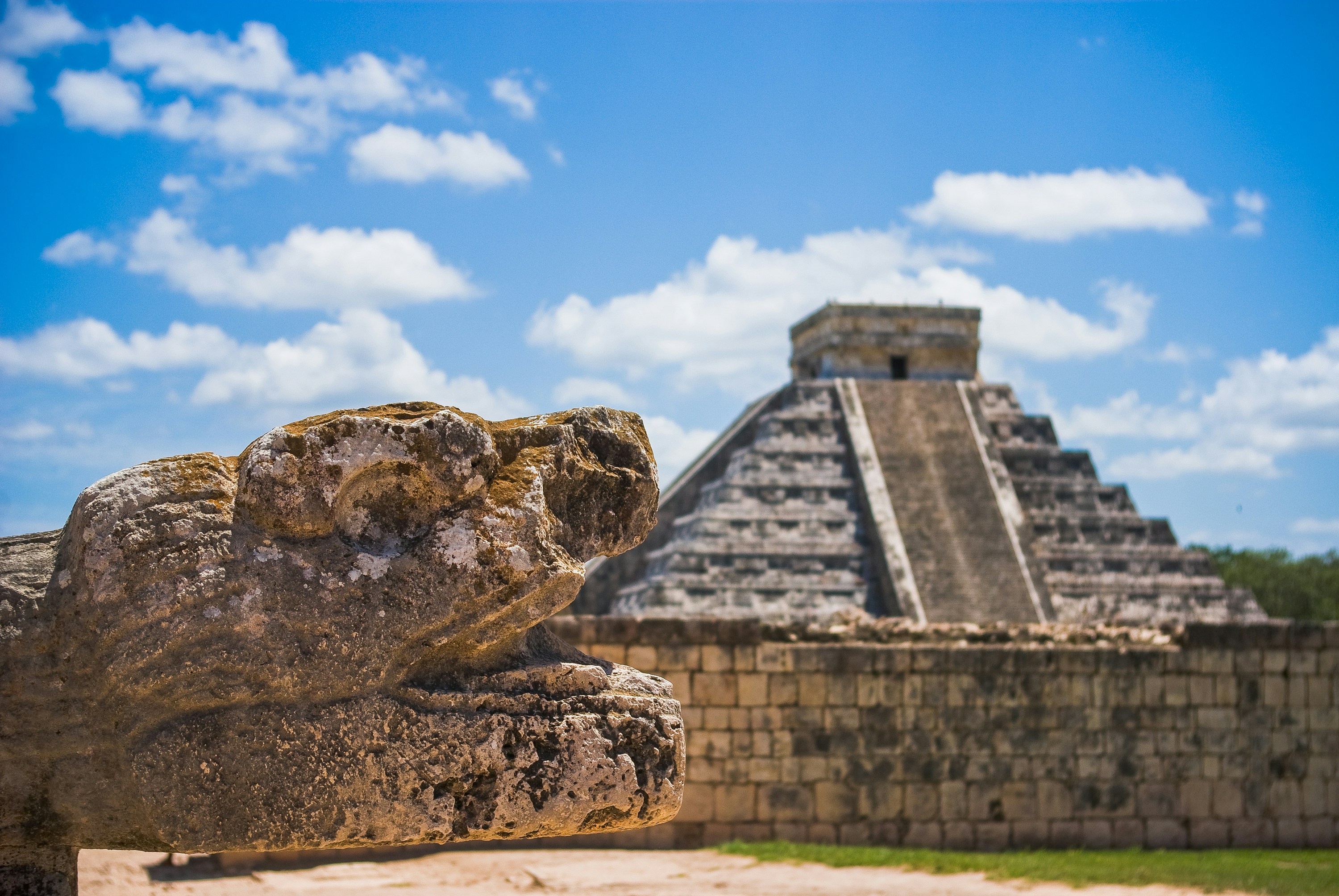
The architecture of Chichen Itza represents a unique fusion of Maya and Toltec styles, reflecting the complex cultural interactions of the Late Classic and Postclassic periods in Mesoamerica. This blend created a distinctive architectural language that influenced other sites in the region.
The precise astronomical alignments of structures like El Castillo and El Caracol demonstrate the Maya's sophisticated understanding of celestial movements and their ability to incorporate this knowledge into their architecture.
The scale and precision of construction at Chichen Itza, achieved without metal tools, wheeled vehicles, or draft animals, represents a remarkable feat of engineering and organization.
The intentional acoustic properties of spaces like the Great Ball Court show that the Maya considered sound as an important element of architectural design, creating spaces with specific auditory experiences.
The architectural innovations at Chichen Itza influenced other sites throughout the Maya region and continue to inspire architects and designers today. The site's designation as a UNESCO World Heritage Site and one of the New Seven Wonders of the World recognizes its outstanding architectural significance.
Discover the cultural practices and religious beliefs that shaped this ancient Mayan city.
Learn About Culture View Gallery